What ever happened to the border wall Trump promised 8 years ago?
The wall is no longer Trump’s central idea, and it never really slowed migration, but it continues to put lives at risk, cost billions, and harm the environment. And with Trump returning to office, the border wall may take center stage once again, Josh Marcus reports.
Your support helps us to tell the story
From reproductive rights to climate change to Big Tech, The Independent is on the ground when the story is developing. Whether it's investigating the financials of Elon Musk's pro-Trump PAC or producing our latest documentary, 'The A Word', which shines a light on the American women fighting for reproductive rights, we know how important it is to parse out the facts from the messaging.
At such a critical moment in US history, we need reporters on the ground. Your donation allows us to keep sending journalists to speak to both sides of the story.
The Independent is trusted by Americans across the entire political spectrum. And unlike many other quality news outlets, we choose not to lock Americans out of our reporting and analysis with paywalls. We believe quality journalism should be available to everyone, paid for by those who can afford it.
Your support makes all the difference.Donald Trump doesn’t really talk about the border wall anymore.
After making the wall the central part of his 2016 campaign, shutting down the government for weeks in an unsuccessful bid to secure its funding, and spending billions to build it anyway, the president-elect’s immigration politics have shifted to an even more aggressive place this time around.
Instead of a wall, paid for by Mexico, Trump now wants a “bloody” mass deportation operation immediately removing millions of people, including by potentially reviving family separation.
But the federal border wall, spanning more than 450 miles across four states, remains. It continues to deeply impact the people, environment, and politics of the border and beyond.
And it’s an idea that’s spreading. During the eight years of Trump and Biden, Republican states began building their own separate border walls, too.
Understanding the wall’s legacy helps explain the present and future of border politics in the U.S.: a quietly bipartisan commitment to symbolically locking people out of the country at whatever the cost, even as big-picture immigration reforms languish.
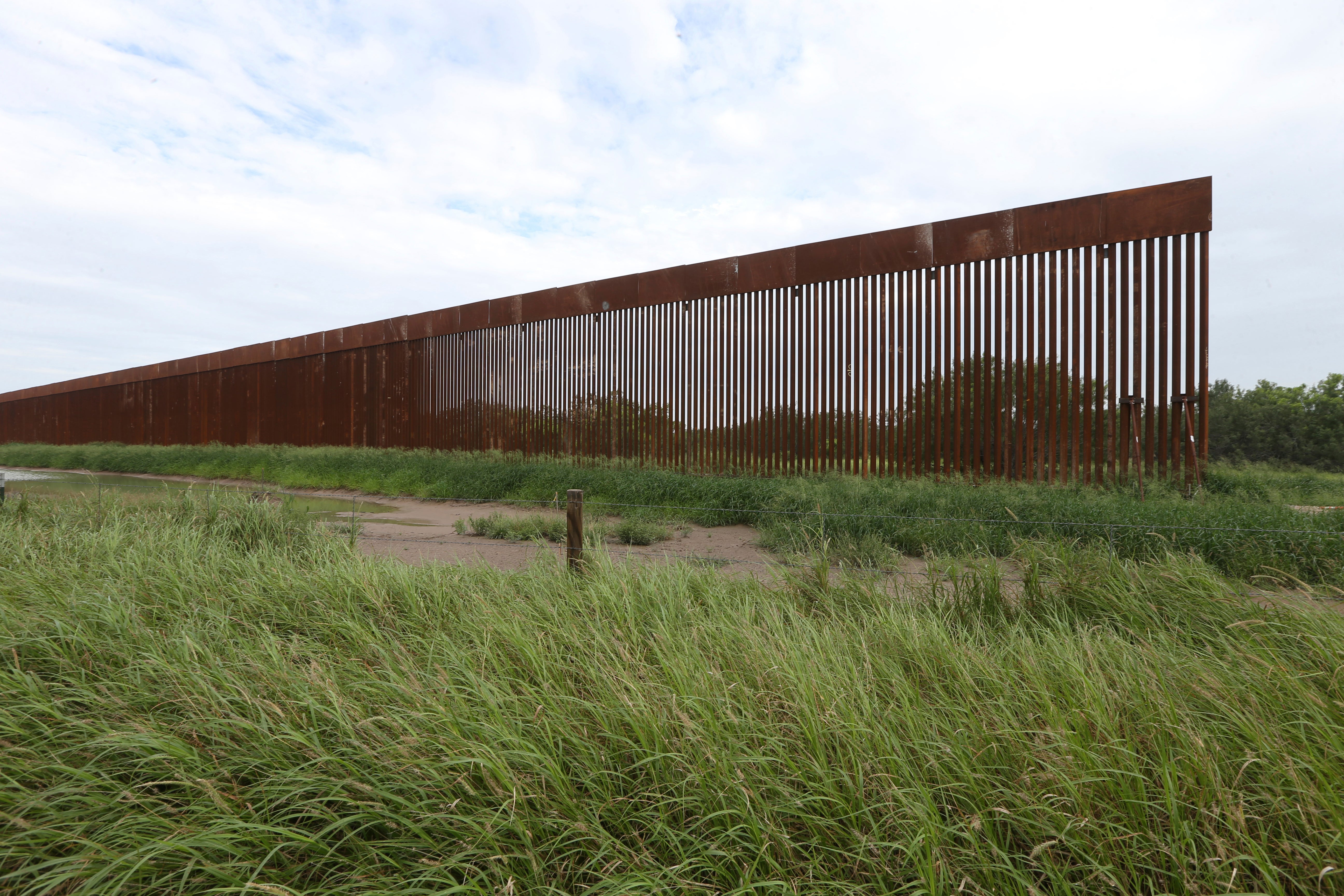
In the Rio Grande Valley of south Texas, a patchwork of federal wall panels exist, some with gaps the size of semi-trucks. More construction under Biden has been planned.
Michelle Serrano, of the local advocacy group Voces Unidas RGV, said the wall has been an unfair trade for the area. Despite the millions of dollars spent reinforcing the border there, the Rio Grande Valley remains one of the poorest places in the country. The wall has destroyed what little public green space residents had, while potentially exacerbating flooding and destroying riverside habitat. It has also heightened a sense of around-the-clock surveillance for this largely Latino community.
“This is like a rights-free area,” she said. “We’re talking about an area where they freely racially profile us. It feels like a separate but equal situation.”
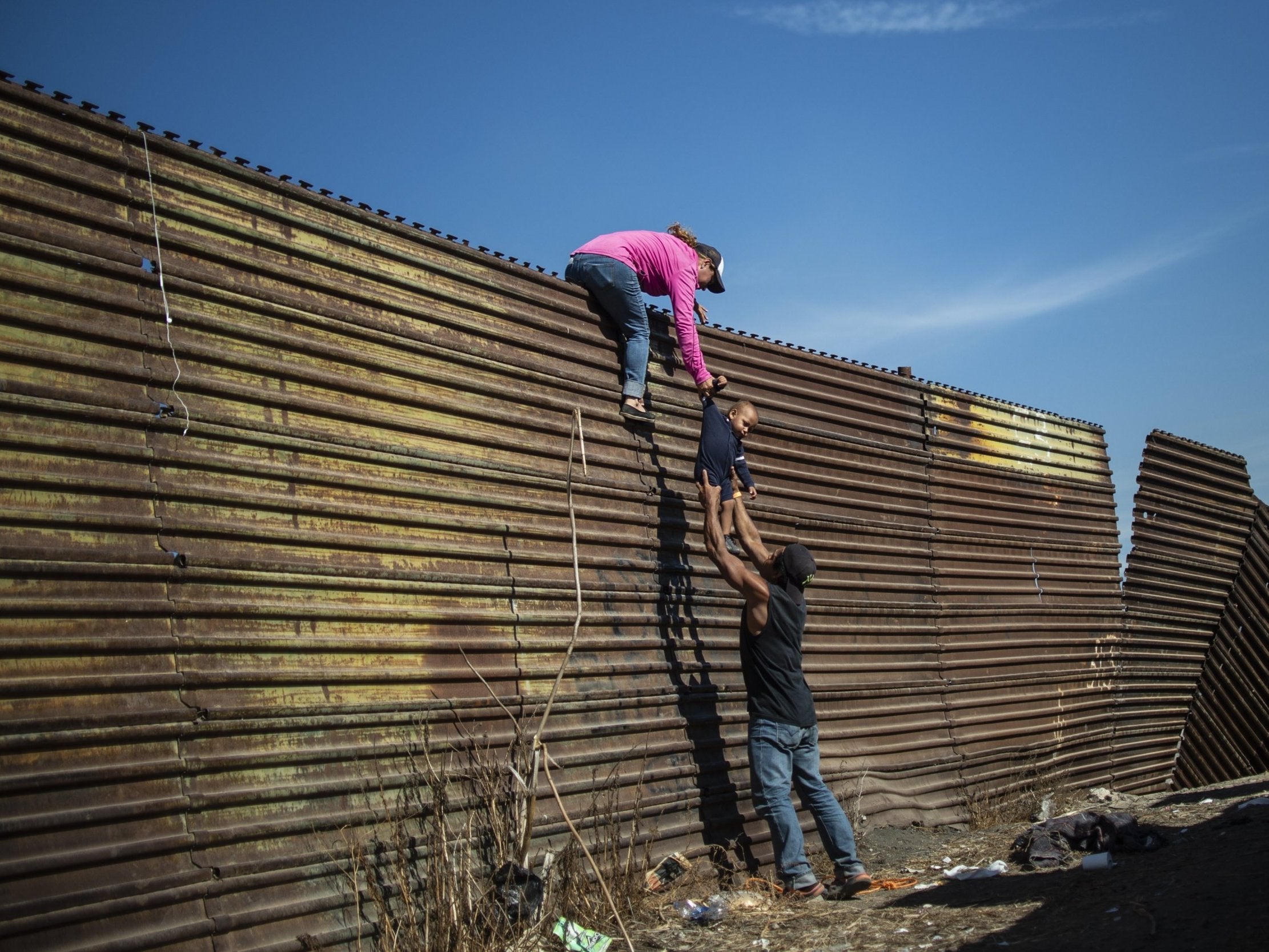
According to Laiken Jordahl of the Center for Biological Diversity, an environmental group which has fought the wall, much of the wall is built through places with minimal immigration, but it’s still impacting plenty of lives. Just not human ones.
“When the wall goes up in those places, it cuts off the movement of wildlife,” he said. “All animals larger than jackrabbits are not going to fit through the wall.”
In southern Arizona’s Organ Pipe Cactus National Monument, the Trump administration dynamited the ancestral land of the O’ohdam tribes, bulldozed thousands of saguaro cacti, and erected towering metal bollards that now run through the hills of this remote patch of the U.S.-Mexico boundary. Despite the wall, the area remains an immigration hotspot. Hand-written notes on the wall’s steel pillars show where welding teams have had to make repairs. Border-crossers can use simple power tools to saw through a wall that cost an estimated $20 million per mile to build. In some sections, still-severed pillars glide open with the push of a hand.
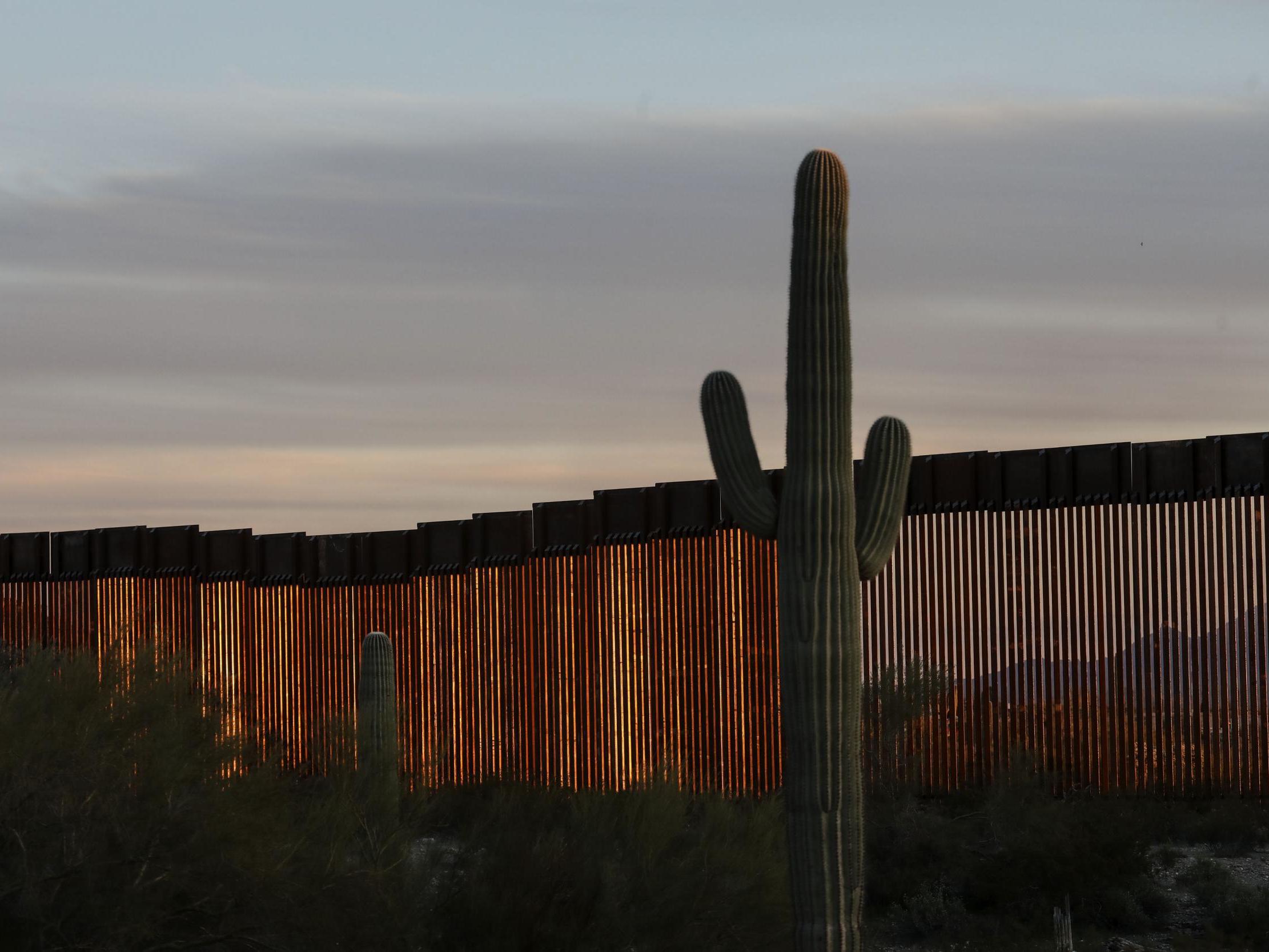
In other places, like the rugged Patagonia Mountains of Arizona, the terrain is so rugged, that the barrier simply ends, unconnected to anything else. Sometimes Jordahl drives his truck up to the end of the wall and sits in the quiet for hours without seeing a soul.
“We saw whole mountain ranges being dynamited to build a straight wall through a landscape that is full of contours and elevation,” he said.
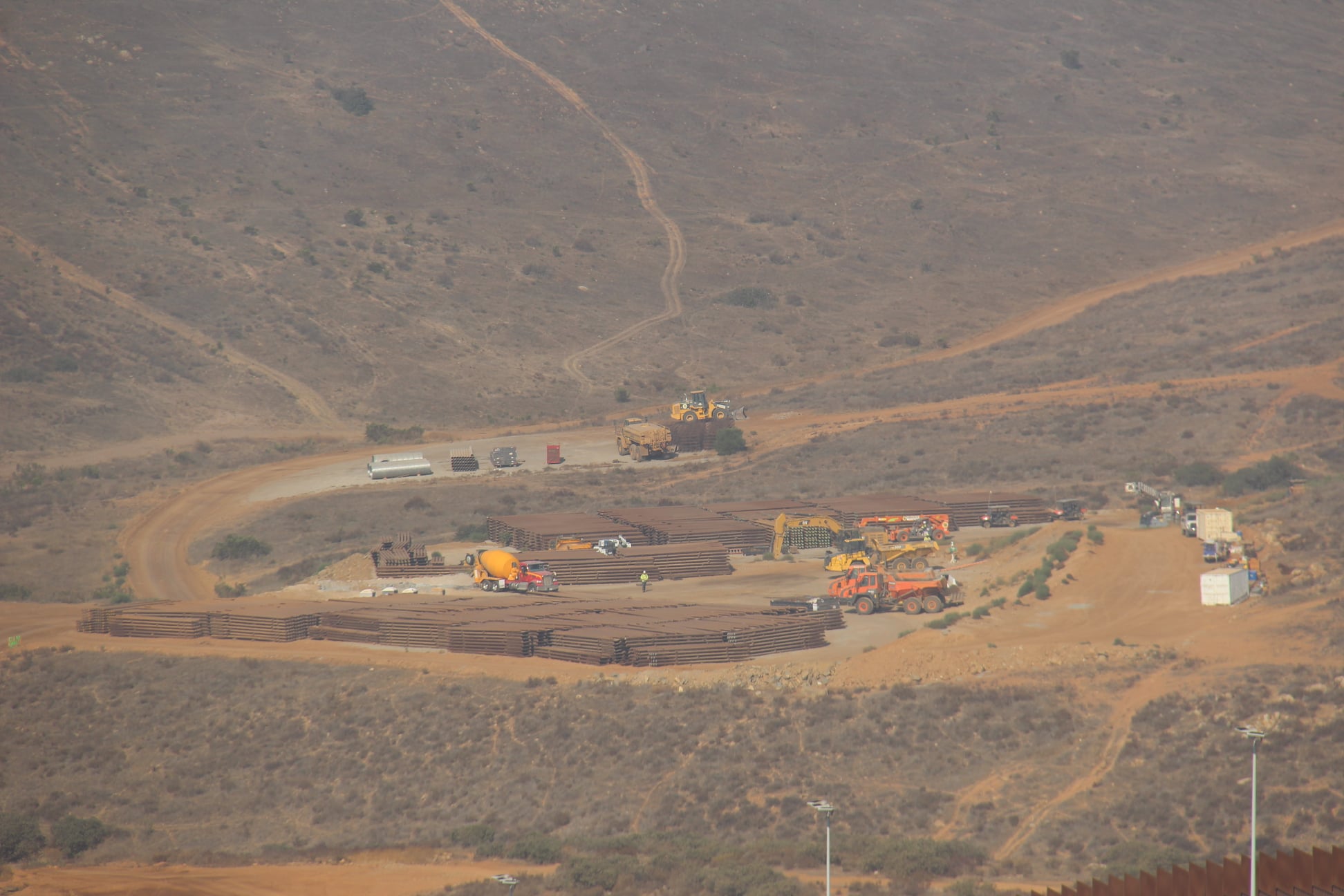
Completing Trump’s border wall remains part of the Republican Party’s official platform and will reportedly be part of the president-elect’s first wave of immigration directives. That may seem like a dramatic break from the Biden era, but that’s not quite the case.
On the campaign trail, Joe Biden promised to build “not another foot” of border walls. Once he took office, Biden ended Trump’s border emergency in January of 2021 and redirected funds elsewhere. Most people thought that marked the end of the wall.
That’s not really what happened, though. After 2021, the Democrat president didn’t pursue the same kind of large-scale construction as his predecessor, but the federal government continued filling in gaps and adding conspicuously wall-ish border fencing and armored levees in Arizona and Texas.
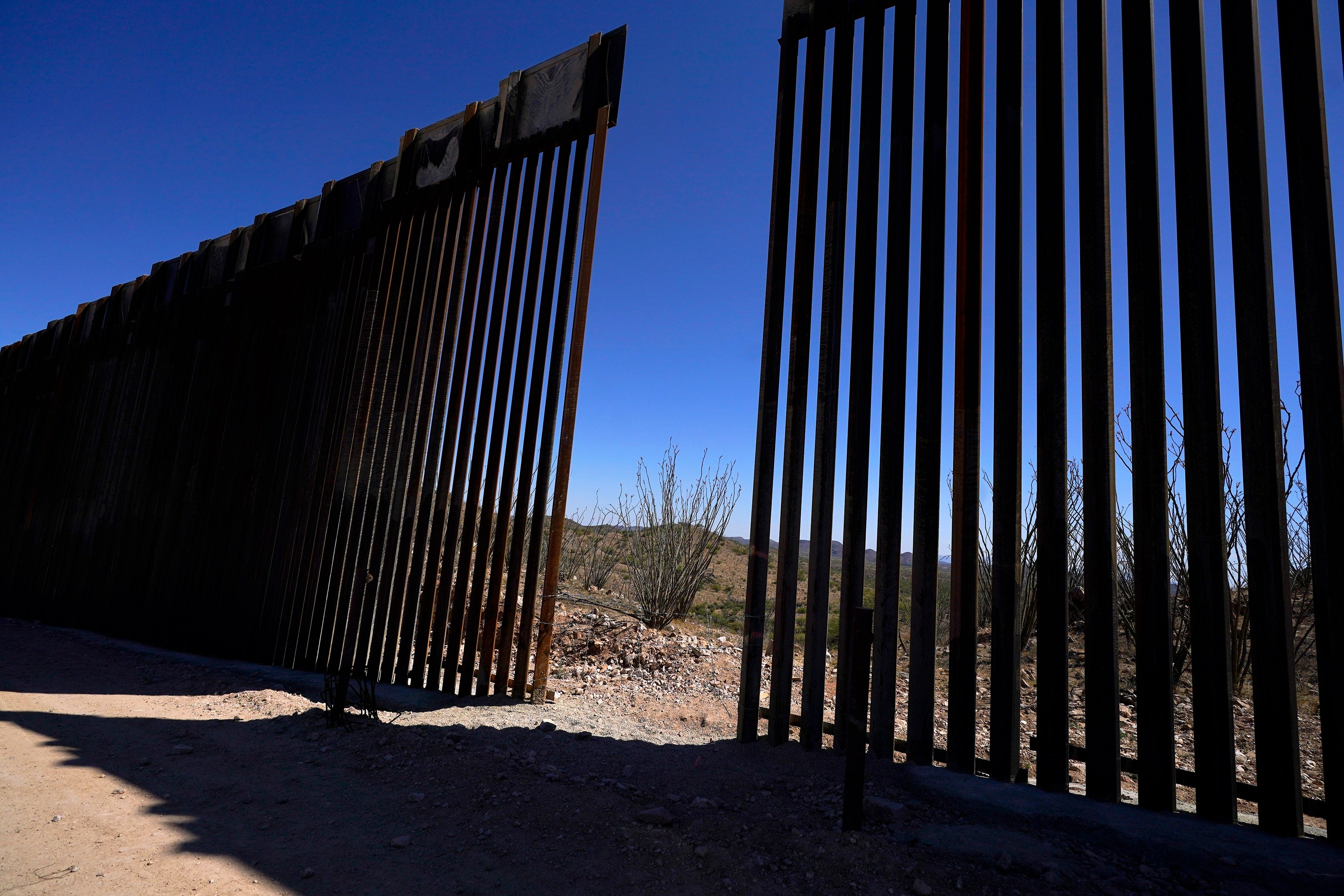
“That was a shock for many of us. He campaigned saying he wouldn’t add even one more mile, but he did,” Lizbeth De La Cruz Santana, professor of Chicano/a/x Studies at Baruch College, told The Independent.
The shift accelerated in 2023. In October of that year, facing both intense political pressure about the border and a mandated deadline to spend Trump-era wall funds, the Biden administration waived 26 federal laws, including environmental protections, to begin building new segments along a 20-mile stretch in south Texas.
Even as Biden spoke openly about how he didn’t think walls worked, he told reporters at the time, “I can’t stop that.”
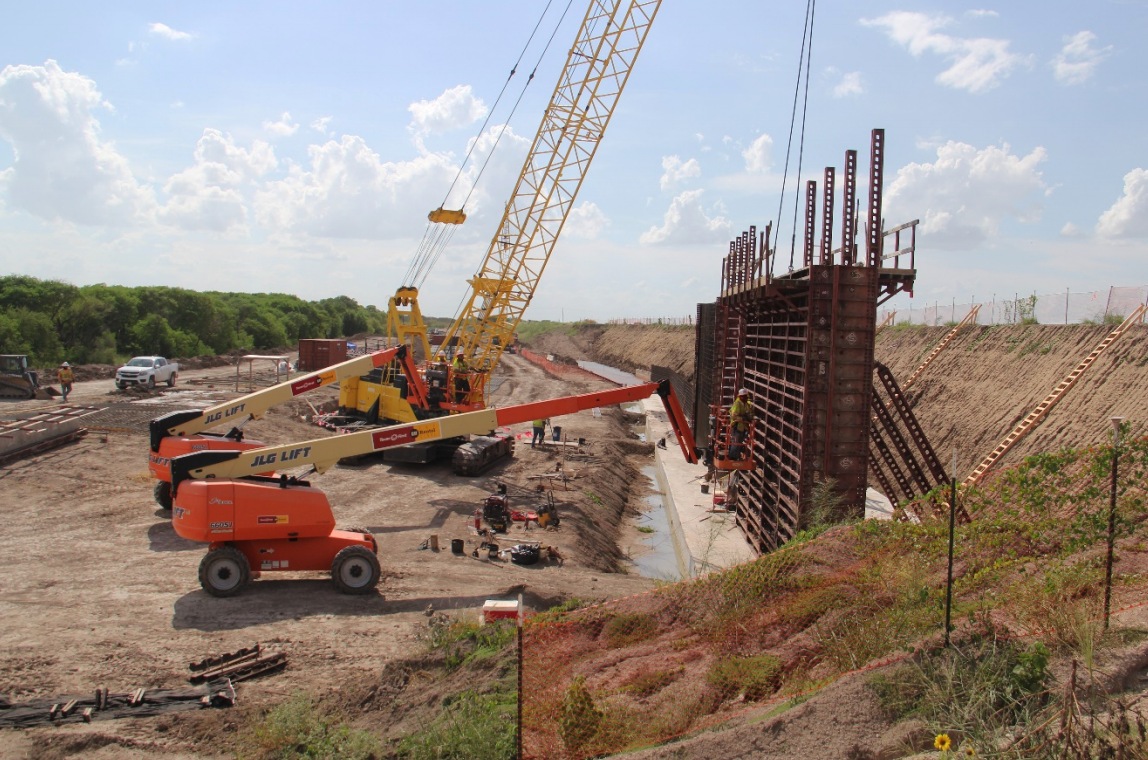
“If he really didn’t want that wall to be built, he could’ve let it get lost in the bureaucracy,” UCLA professor Chris Zepeda-Millán, author of Walls, Cages, and Family Separation: Immigration Policy in the Time of Trump, told The Independent. “He didn’t. His administration waived [environmental laws] like every other administration before them, probably due to the fact that politics and public opinion at the time had turned.”
Things got even muddier from there. This year, a federal court ruled in a lawsuit from the states of Texas and Missouri that the Biden administration had to spend a pot of congressional money from 2019 and 2020 on the wall, despite its efforts to direct these funds elsewhere.
This ruling had a domino effect. The Biden administration then paused a commitment from an unrelated 2023 settlement to spend tens of millions of dollars cleaning up environmental damage from the wall.
For those keeping score at home, the Biden administration had, in the span of four years: claimed it stopped building the wall then kept building it; was forced to keep building said wall against its will; waived environmental rules to speed up wall construction; and was sued into pausing plans to undo the wall’s environmental damage.
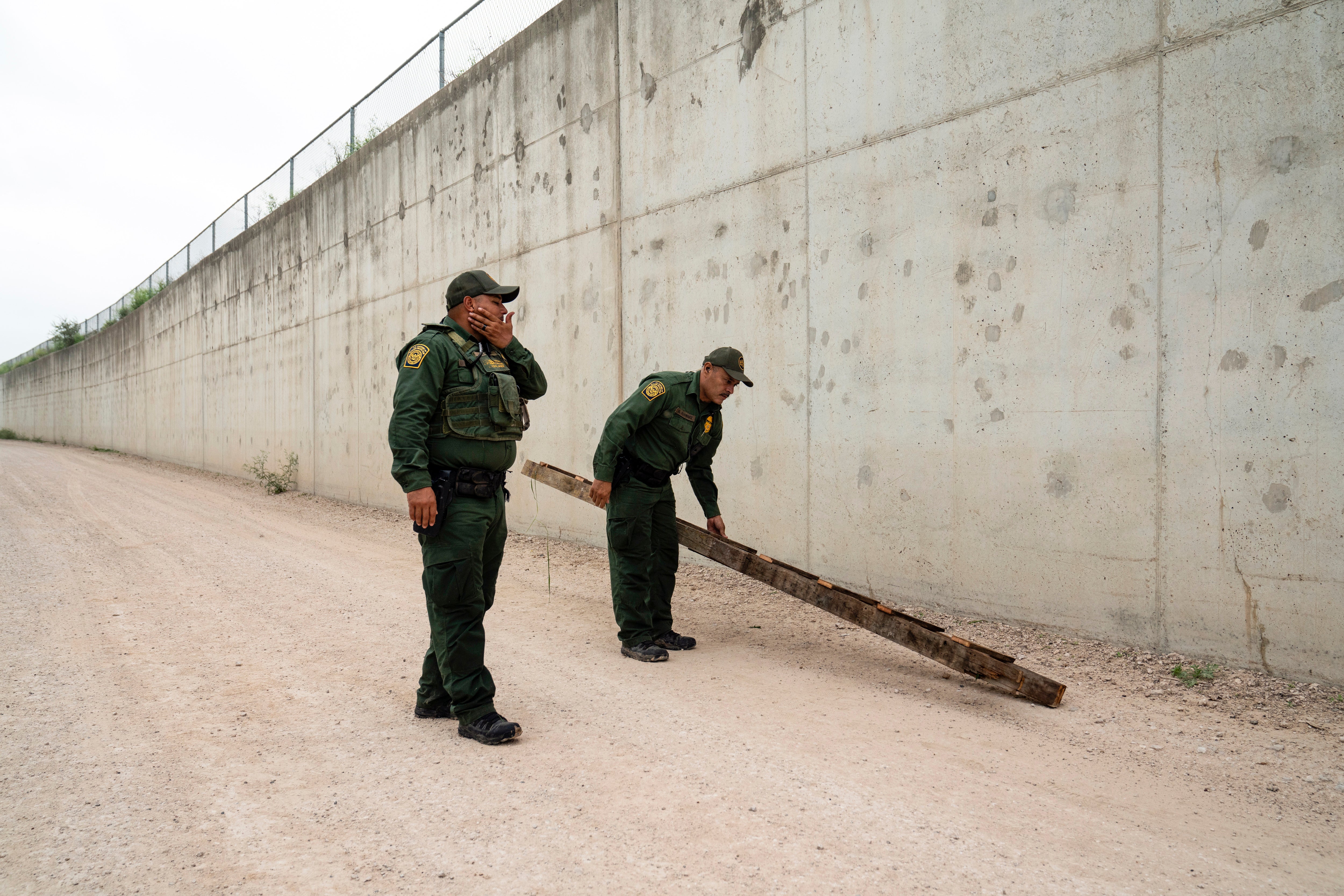
“In some ways we were able to get some concessions from this administration, but unfortunately you see the reality that border walls are bipartisan in the United States, even if you call them something different,” said Ricky Garza, border policy counsel at Southern Border Communities Coalition, one of the groups now suing in federal appeals court over the pullback on the 2023 settlement.
Garza, who lives in the Rio Grande Valley, said as he drives through the area, it’s often hard to tell which administration built which section of the border wall. As The Independent has reported, since the Clinton administration in the 1990s, Republicans and Democrats alike have been pursuing a border policy of “prevention through deterrence,” the idea that making the border more difficult and deadly to cross will eventually deter people from coming.
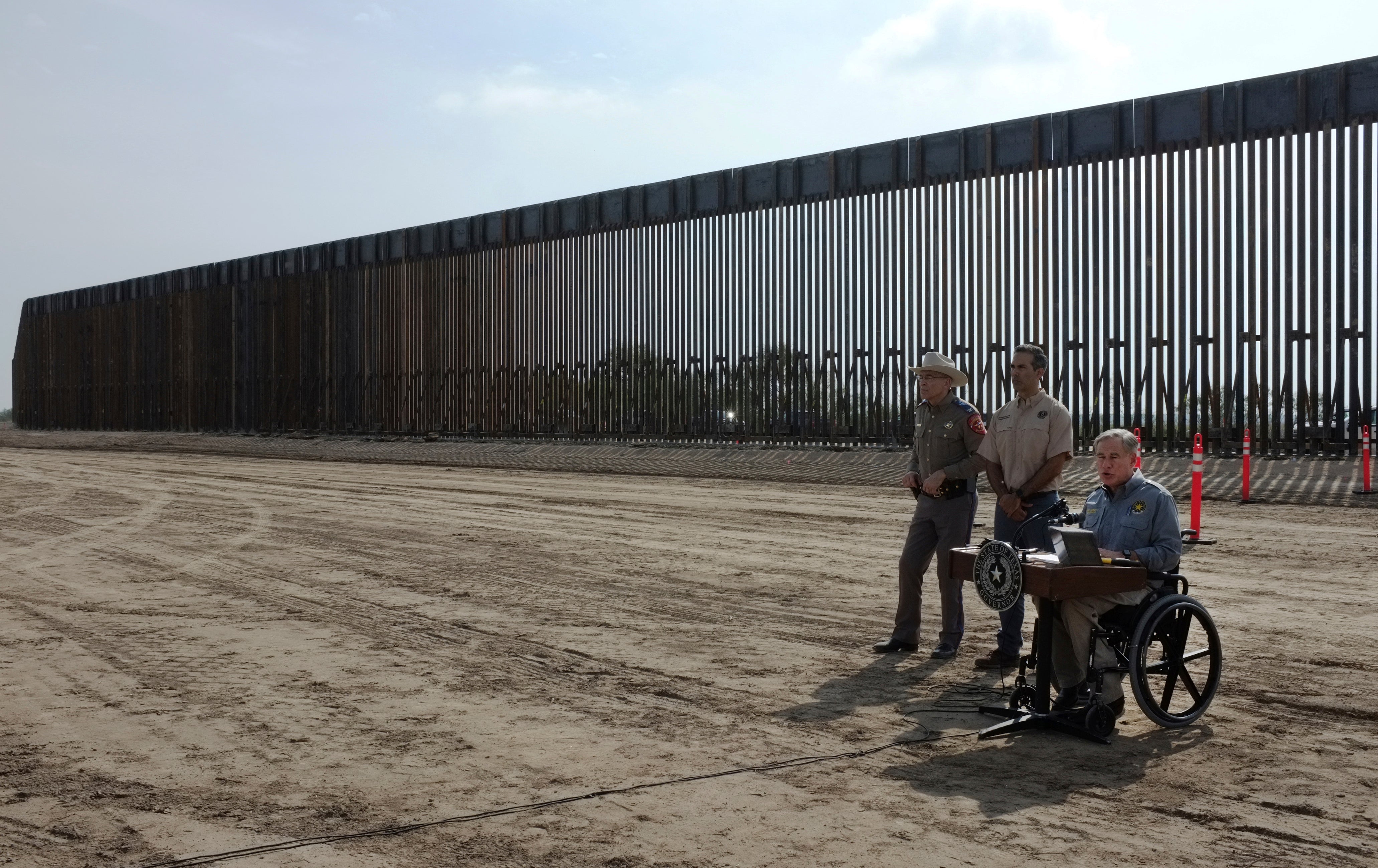
That hasn’t come to pass, but the build-up on the border has driven migrants into more remote areas where they’re more likely to die in the heat and cold or suffer serious injury. Despite the wall growing higher, migrants continue to climb over it and inevitably fall. A San Diego neurosurgeon has said he treated a marked increase in migrants with brain injuries after local sections of the wall grew to 30 feet tall under the Trump administration.
“It’s a symbol of hate and xenophobia, but then it has a physicality to it, where you are seeing the increase in deaths,” Garza said.
With the federal wall stuck in bizarro world during the Biden years, conservative border states took it upon themselves to carry on the Trump wall agenda, pursuing policies to turn local and state police into immigration officers and turn state borders into something closer to the federal wall.
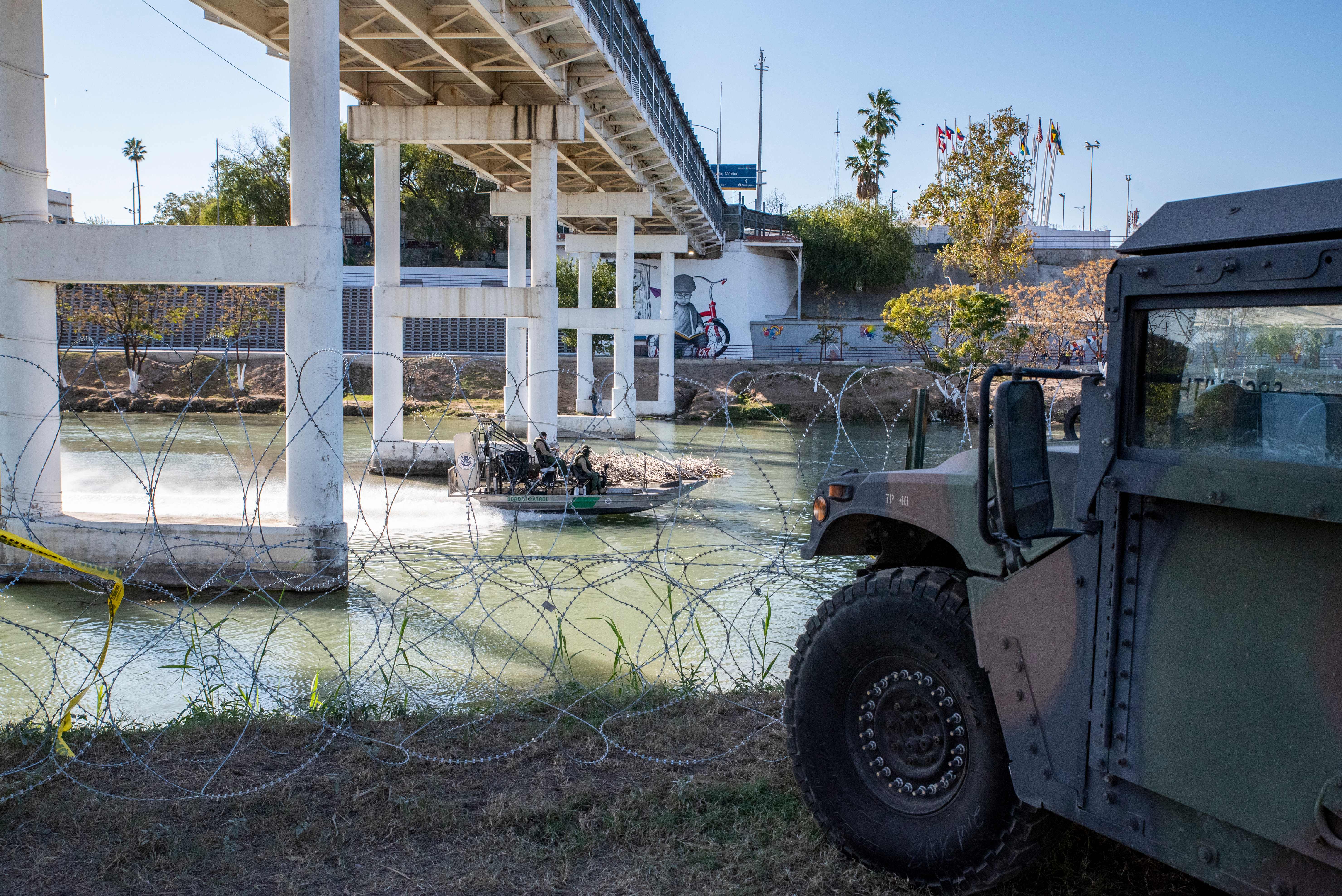
Texas, at an estimated cost of $25 million per mile, has built 50 miles of its own border wall. That came as part of Governor Greg Abbott’s larger multi-billion dollar border crackdown, which included building floating barriers in the Rio Grande, surging state troopers to the border, and declaring the state is literally under invasion to claim new emergency powers.
“Under Operation Lone Star, Texas has allocated more than $11 billion of Texas taxpayer money for border security, deploying thousands of Texas National Guard soldiers and DPS [Department of Public Safety] troopers, transporting migrants to self-declared sanctuary cities, installing strategic barriers, and building our own border wall,” Abbott administration press secretary Andrew Mahaleris told The Independent in a statement. “Because of these efforts, Texas has decreased illegal crossings into the state by 86%. Until the federal government steps up and does its job to secure the border, Texas will continue utilizing every tool and strategy to respond to the border crisis and protect Texans.”
In Arizona, then-Governor Doug Ducey tried to build a wall of his own with shipping containers, though a federal lawsuit then forced him to take those down in 2022. Even here, the Biden administration ended up agreeing to patch some holes in the wall. In January, New Mexico began considering a $1.5 billion bill to construct a wall section of its own.
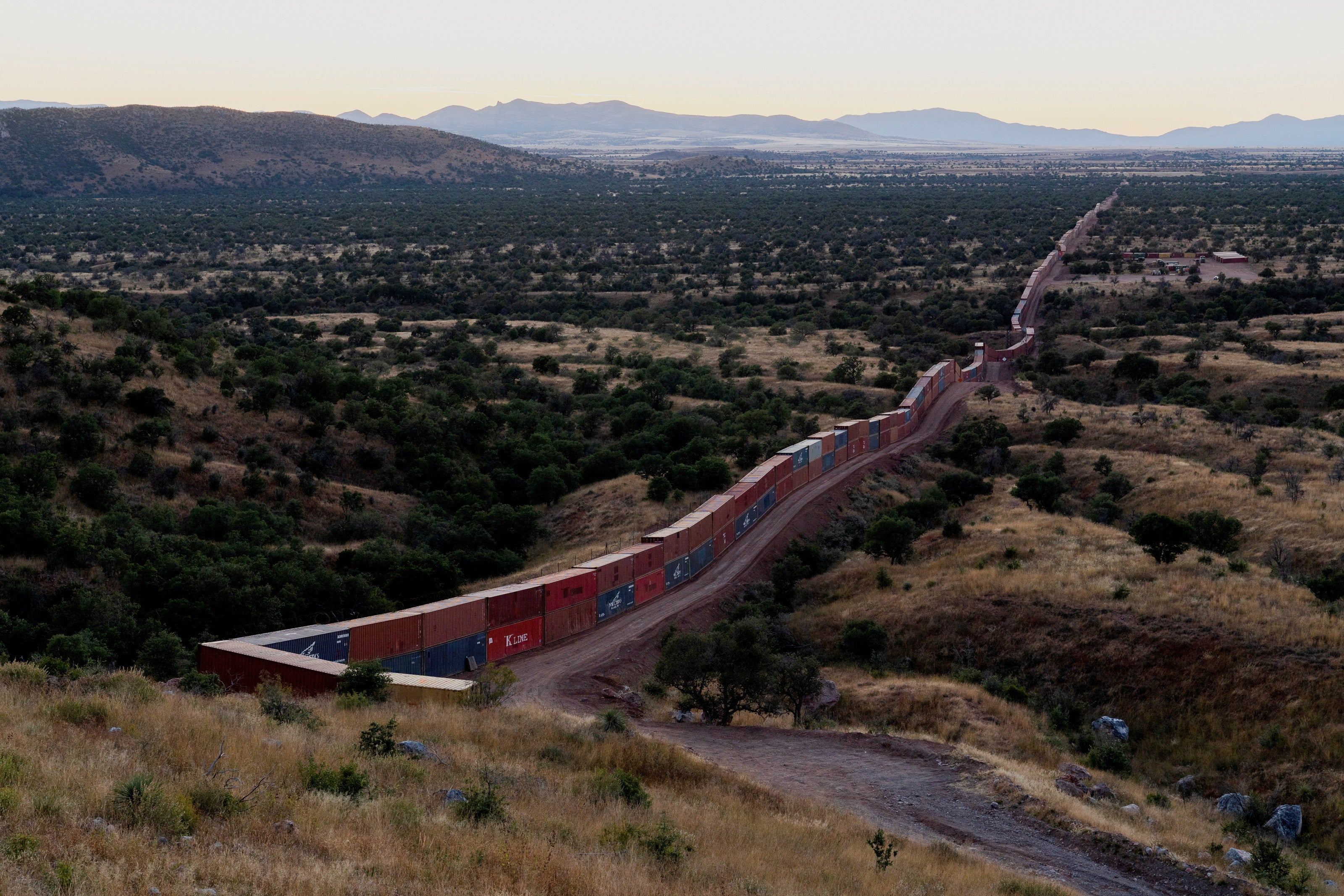
Even private individuals got involved in the action, raising more than $25 million through the “We Build the Wall” campaign to erect a barrier in south Texas. Four people, including former Trump adviser Steve Bannon, were accused of pocketing donations meant for the effort. Trump pardoned Bannon on the resulting federal charges at the end of his administration, but the MAGA hardliner still faces criminal charges in New York, with a trial slated for February.
It’s safe to say, then, the wall idea has traveled far beyond Trump, and in doing so has become one of the largest infrastructure projects in U.S. history. It’s an incredible amount of effort and spending for a piece of border policy that hasn’t been shown to make any meaningful difference in reducing migration overall.
The Border Patrol argues its walls decrease activity in certain sectors and give agents more control over where migrants and smugglers are likely to cross the border, but the big-picture data paints a more complicated picture of the wall’s cumulative impact.
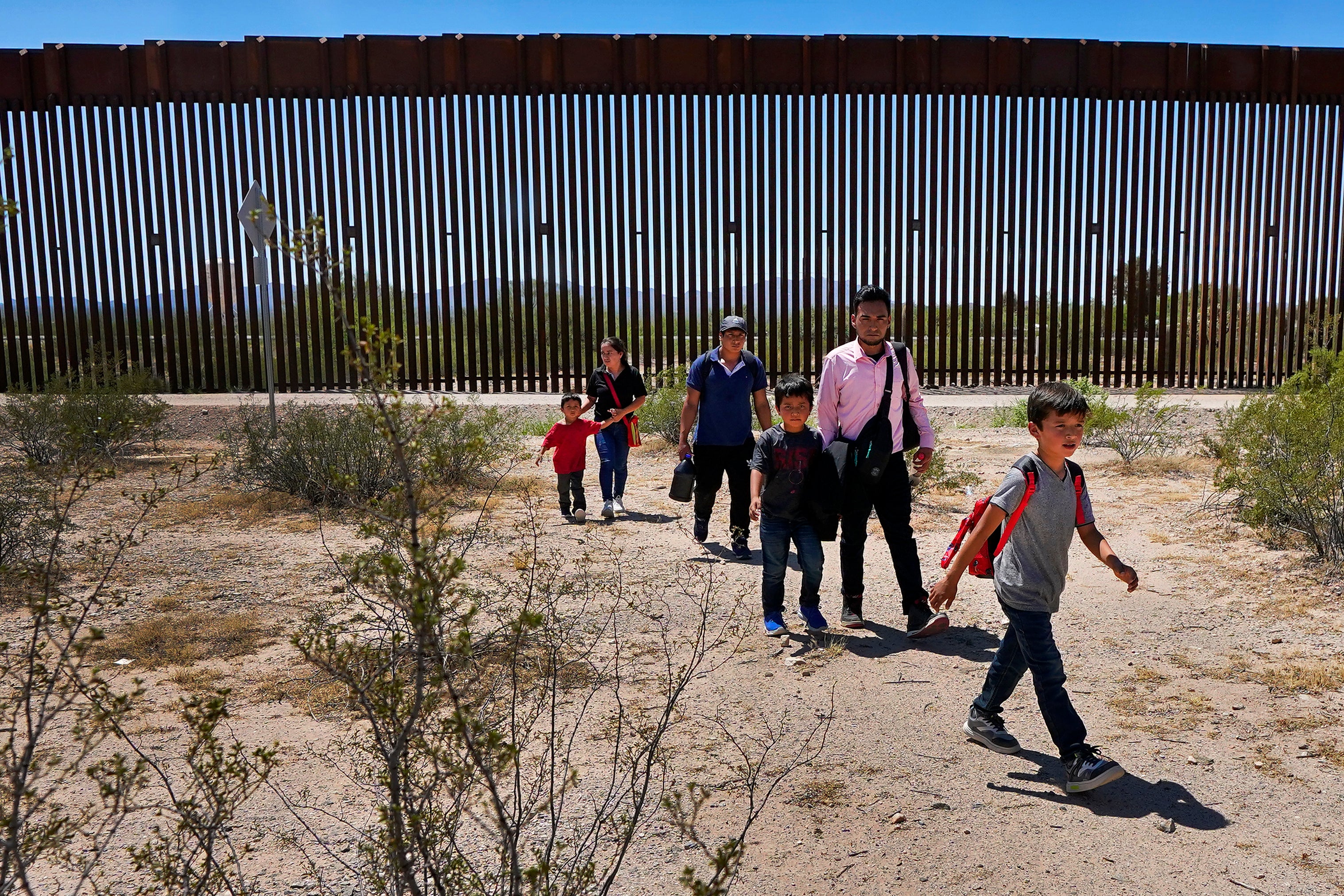
Illegal immigration increased right through Trump’s major border wall construction push, and U.S.-Mexico border-crossings overall hit record levels in 2023 even as Biden built far less. Even if there was a full wall across the border, drugs like fentanyl tend to come across the border at legal points of entry in the hands of U.S. citizens. The wall, in other words, seems to be neither preventing nor deterring the things it was designed to stop.
The Independent contacted the Border Patrol and Border Patrol agents’ union for this article.
But this dissonance, between objective and solution, has long been built into border policy. Zepeda-Millán, the UCLA professor, has conducted public opinion polling about why people support the wall.
“Most Americans, even those who support the wall, know that it’s not going to produce the claimed effect, which then leads to the question: why support it? Why build it?” Zepeda-Millán said. “The vast majority of people who do support Trump’s border walls are also the same people who have anti-Latino sentiment, people who are uncomfortable with the demographic changes that are happening.”
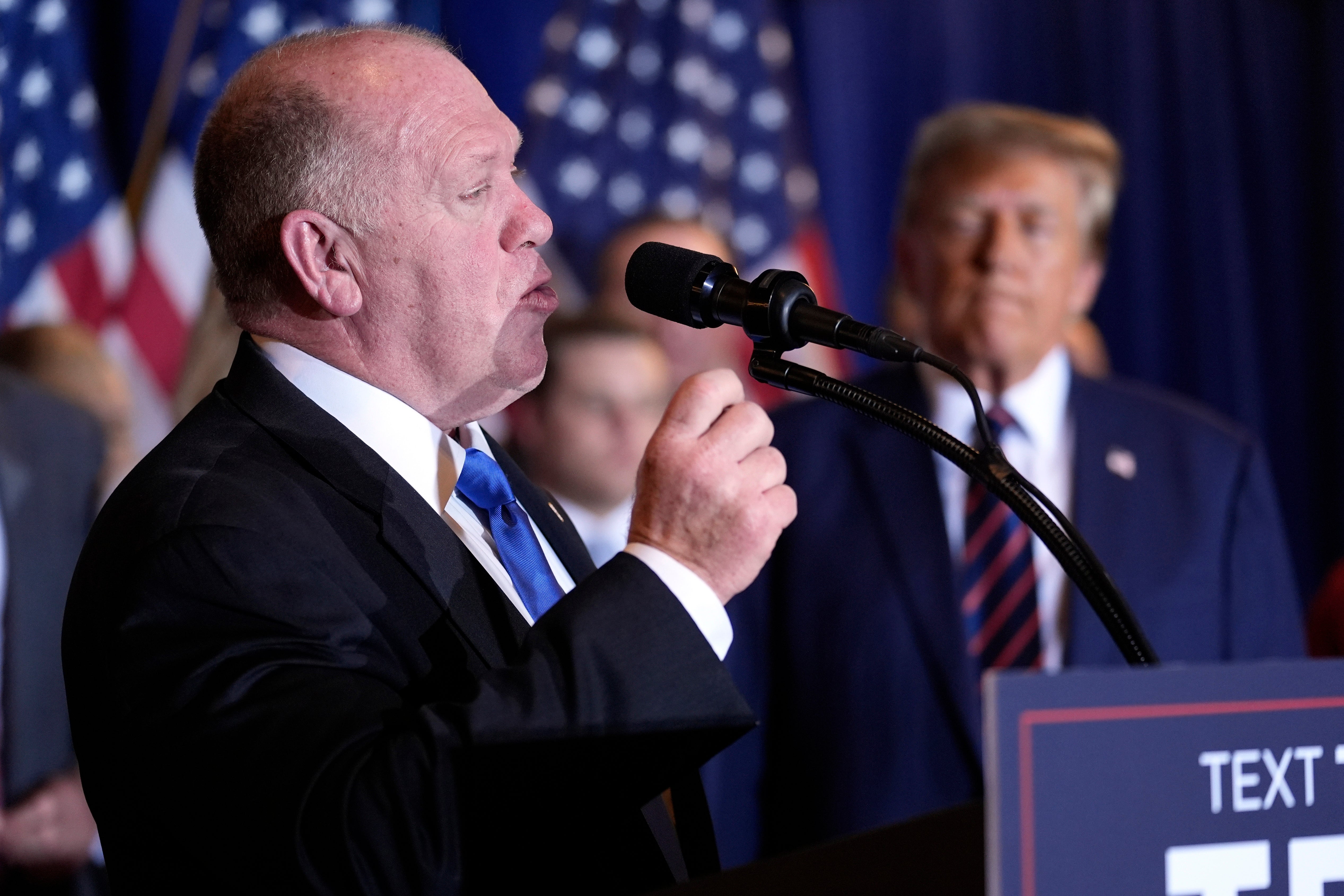
The professor sees a parallel between the wall and Trump’s new promises to rapidly deport millions of undocumented people. Trump knew, or should’ve known, he wouldn’t literally be able to build a wall across the entire border and make Mexico pay for it. And Trump knows, or ought to know, that deporting a huge chunk of the country’s undocumented population would crater major U.S. industries like agriculture and construction. To pursue such policies in spite of these red flags renders them largely symbolic gestures, Zepeda-Millán argues.
“The economy would collapse if he actually deported 11 million undocumented people,” Zepeda-Millán said. “Inflation would skyrocket.”
The politics around the wall, and the border more broadly, have clearly shifted further right in the intervening years. Polling in February showed the wall had never been more popular nationally. The 2024 election saw both candidates competing to see who could crack down harder on the border. Kamala Harris touted her experience as a border state prosecutor and faulted Trump for killing a bipartisan border bill that would have funded a surge of agents to the frontier and further wall construction.
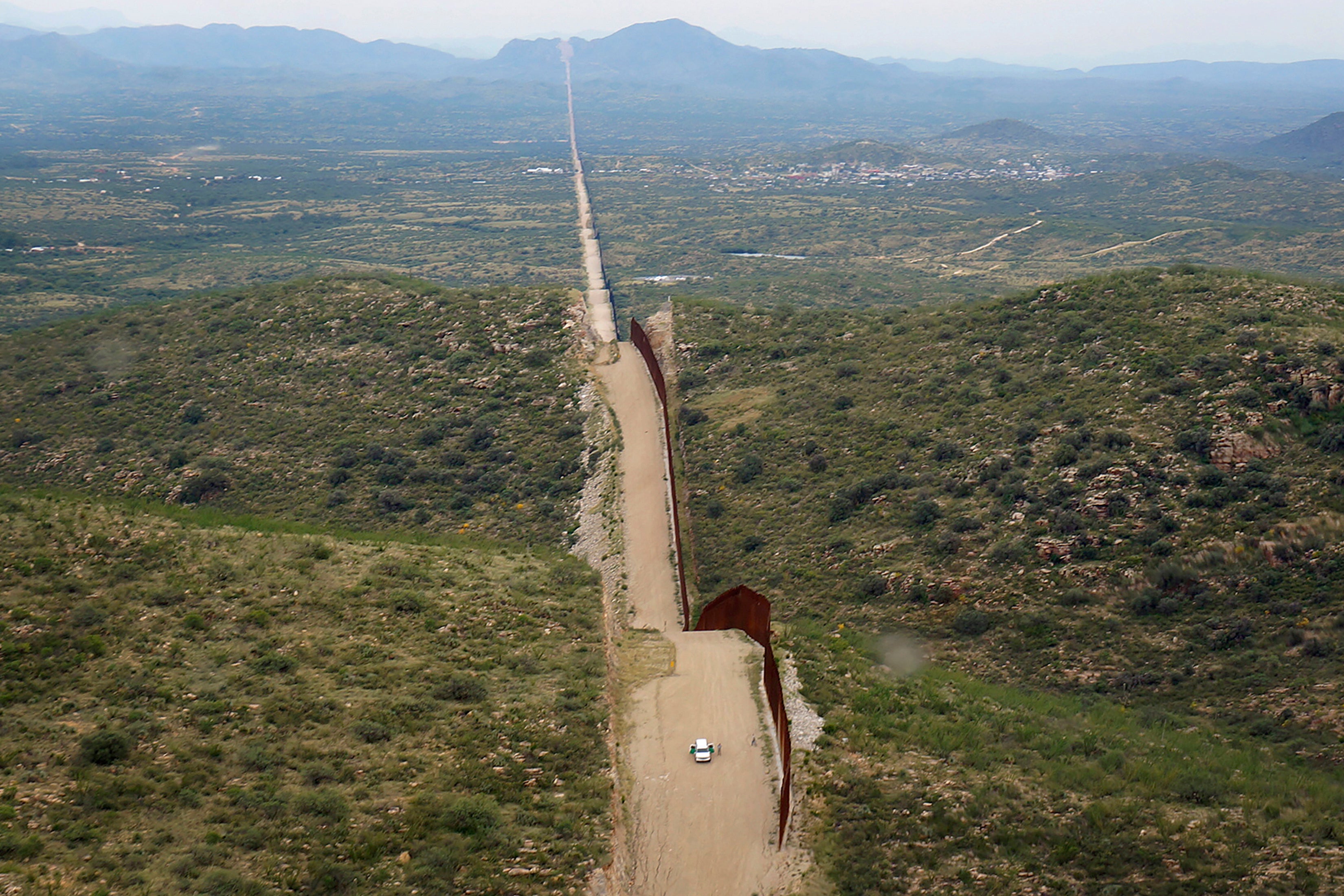
Trump’s even more aggressive posture, meanwhile, didn’t dim his appeal with Latinos, and he made notable gains with Latino men while sweeping nearly all of the Texas border counties in the election. With this mandate, the militarized border environment is on its way to every community in the country.
Lizbeth De La Cruz Santana, the Baruch College professor, said people are already self-deporting in anticipation of Trump’s plans, as civilians seem to gleefully be gearing up to take part in immigration enforcement. After the election, she watched on social media as people talked about how they planned to call the immigration authorities on their neighbors.
There was a time when this activity was more restricted to the border, where amateur militias like the Minutemen sought to send in the Border Patrol on groups of migrants. Under a second Trump administration, the border wall may matter less, but that’s only because the whole country will be treated like a border zone.
“Now,” she said, “it’s literally anyone who has access to making a phone call.”
This article was amended on 2 December, 2024, to reflect that Ricky Garza is representing the Southern Border Communities Coalition in an appeal over the 2023 border wall settlement, not Alliance San Diego, as previously written.
Join our commenting forum
Join thought-provoking conversations, follow other Independent readers and see their replies
Comments